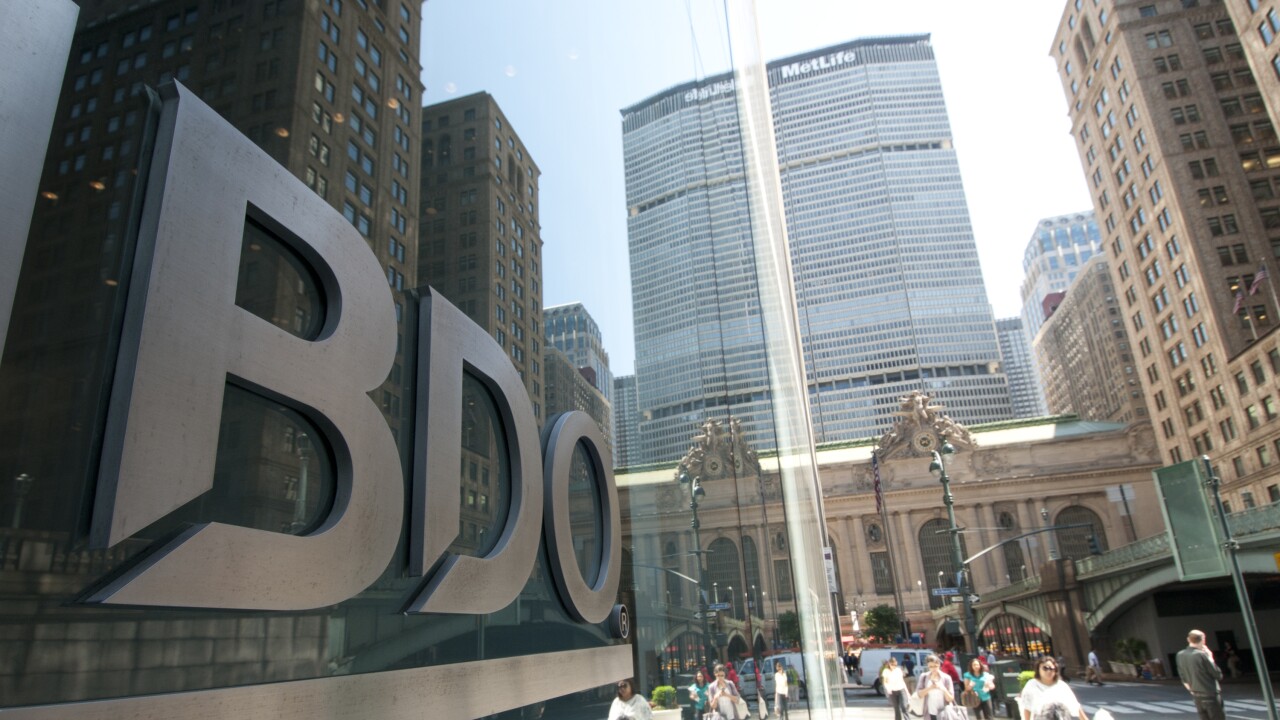Hundreds of new tools for small businesses, the rise of ransomware, eight other recent technology developments you may have missed, and how they’ll impact your clients and your firm.
1. Is the low-end laptop obsolete?

Why this is important for your firm and clients: A laptop/phone mashup? Hey, why not, particularly if it can replace more expensive laptops and keep costs low, while still delivering satisfactory performance. According to Yahoo’s tests, the device performed as pretty darn well as any other laptop and comes at a much lower cost.
2. Microsoft Teams went down because of a really dumb reason

Why this is important for your firm and clients: The outage disrupted hundreds of thousands of users and — like any outage — undermined the confidence in the company’s cloud-based system. And for what reason? Not renewing an SSL certificate? It’s pretty dumb and, yes, we can feel sorry for the person at Microsoft who let this slip by. But there’s another lesson here: When did your web team last check to make sure your SSL certificates and domain registrations were completely up to date? If a giant tech company like Microsoft can make this mistake — and suffer an outage as a result — I’m thinking that your firm and many small-business owners could also be at risk and suffer even greater consequences.
3. Amazon invested $15B and launched 225 new tools and services in 2019

Why this is important for your firm and clients: Amazon has certainly had a negative effect on some small businesses. But many others have prospered by selling on the online giant’s platform. And, as the company likes to remind us, it continues to invest billions in tools to help these same small partners. If your clients are selling products online, you can help them weigh the pros and cons of being an Amazon merchant. But to me, it’s a tough place to avoid, considering the tools it provides and the markets you can reach. And no, I’m not being paid to write this.
4. Ransomware attacks have grown, and they’re crippling cities and businesses

Why this is important for your firm and clients: Ransomware continues to be a major security challenge for businesses, particularly small businesses that lack the resources to properly defend against it. But there are things you and your clients can do: Get training. Get anti-virus software. Get an online backup application. Most importantly, make sure you’re running the most recent versions of your operating systems. Doing that will go a long way toward helping you avoid being shut down by a ransomware attack.
5. Macs now twice as likely to get infected by adware

Why this is important for your firm and clients: Once upon a time it was Microsoft that was far and away the No. 1 target for malware. But that’s changed a lot over the years. The takeaway is that securing your network and individual devices is no less important regardless of whether you have a Windows or macOS environment.
6. Payments power small businesses’ mobile banking adoption

Why this is important for your firm and clients: It’s slow, but it’s happening: more and more businesses are biting the bullet, incurring the expense and moving toward more online and mobile payments. Fewer checks are being sent in lieu of electronic payments. Yes, doing this is initially time-consuming, costly and disruptive. But once the transition has been made you’ll find your cash management (and projections) to be much improved.
7. Vimeo’s new app helps small businesses create professional videos

Why this is important for your firm and clients: While YouTube may have a greater reach, Vimeo arguably offers more features, more storage and potentially more bang for the buck if you’re just looking for a platform to host videos that will be used for business purposes and your intention is not to become a YouTube celebrity. The idea of Vimeo Create is that it will provide more and better resources for businesses who may not have the funding or time to put into video production.
8. Voice ordering will soon be impacting restaurants in a big way
Why this is important for your firm and clients: Steve Fredette, the co-founder of point-of-sale service provider Toast, writes that "in advance of this increase in adoption, restaurants will need to ensure they will be compatible with connected consumer devices. In order to keep up with the likes of Dunkin’, Denny’s and Domino’s, restaurants of all sizes need to optimize their tech stacks and diversify their strategies. As voice ordering gains ground as the next big idea in restaurant technology, industry players must consider investments and partnerships needed to integrate virtual voice-ordering assistants into their ordering apps and optimize menus for digital-first experiences."
9. CRM watch list 2020 winners have been revealed
Why this is important for your firm and clients: Greenberg’s annual “watch list” is required reading for any partner, small-business owner or manager looking to either replace their existing CRM system or buy one for the first time. Paul’s experience in the CRM industry is unmatched and his recommendations should be taken seriously.
10. This machine makes 700 pieces of sushi per hour

Why this is important for your firm and clients: “Less staff” are the two most important words here. As minimum wage and other benefits drive up compensation costs, many smaller restaurants are looking for ways to keep overhead (and employment headaches) to a minimum — and so they’re investing in technology. An automatic sushi maker is only one example of how robotics are speeding up food preparation … with no bathroom breaks needed. Smart advisors should be making their restaurant clients aware of this major trend.





